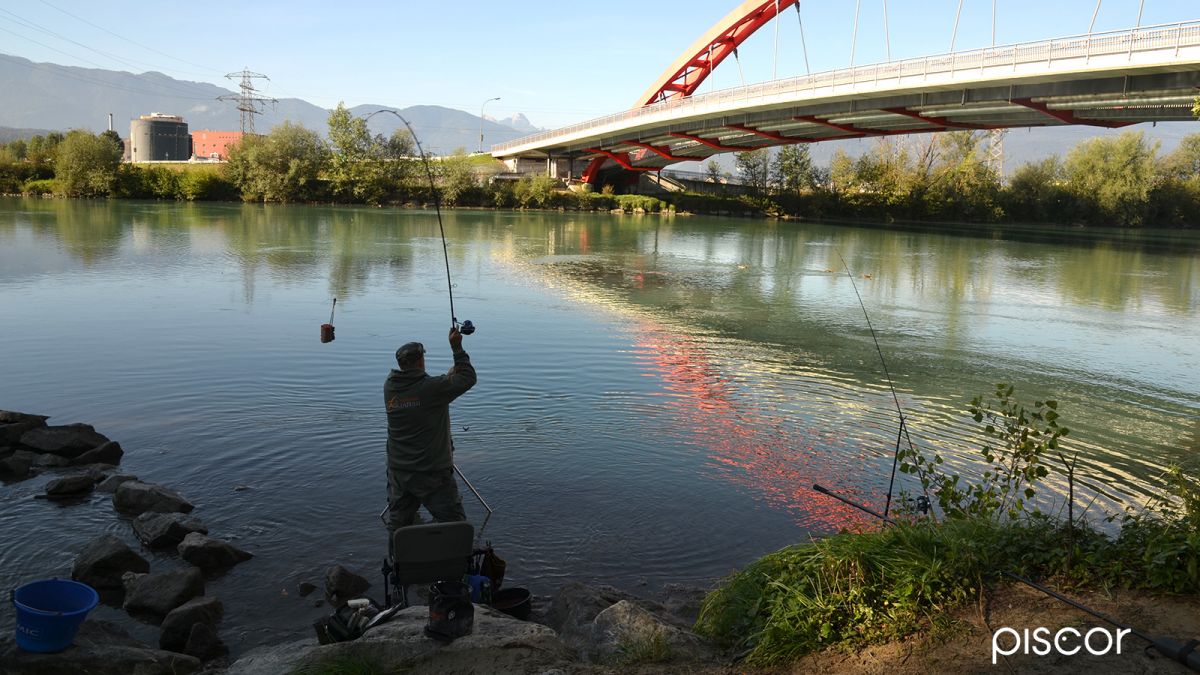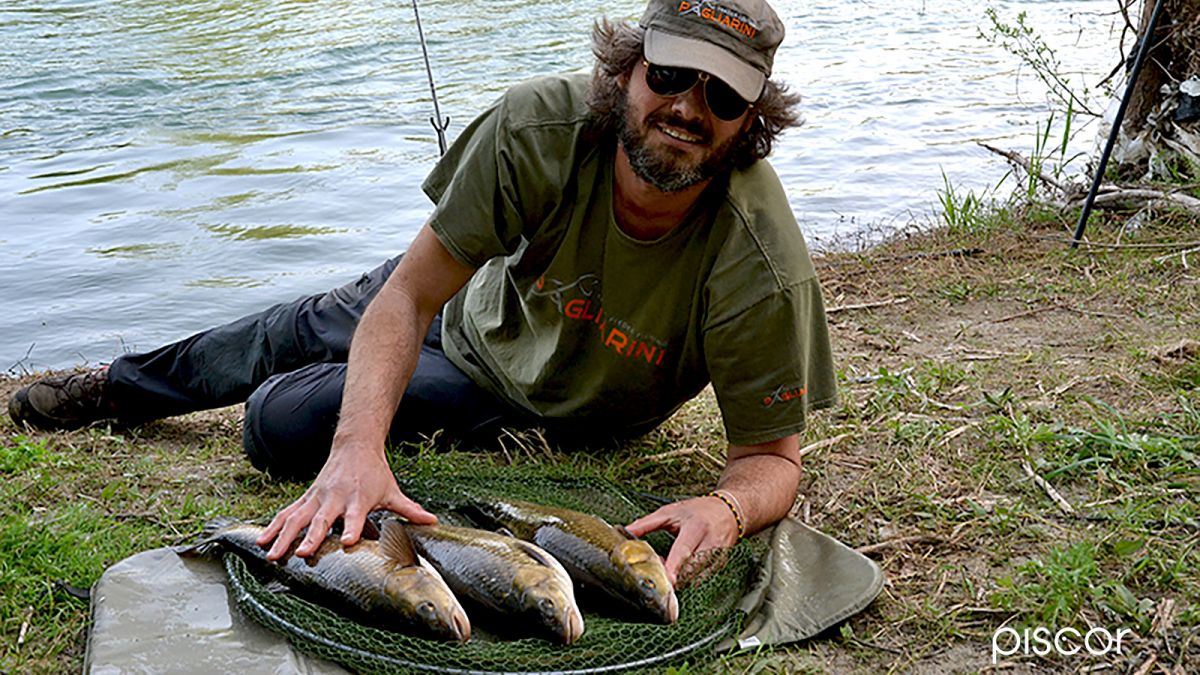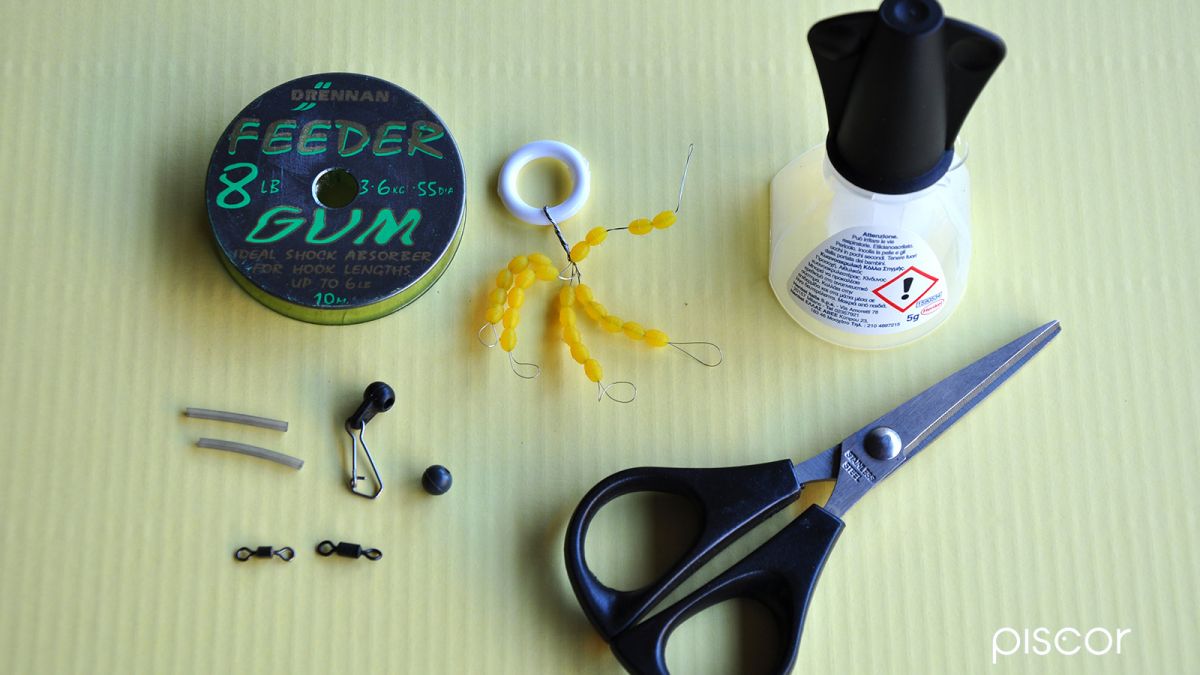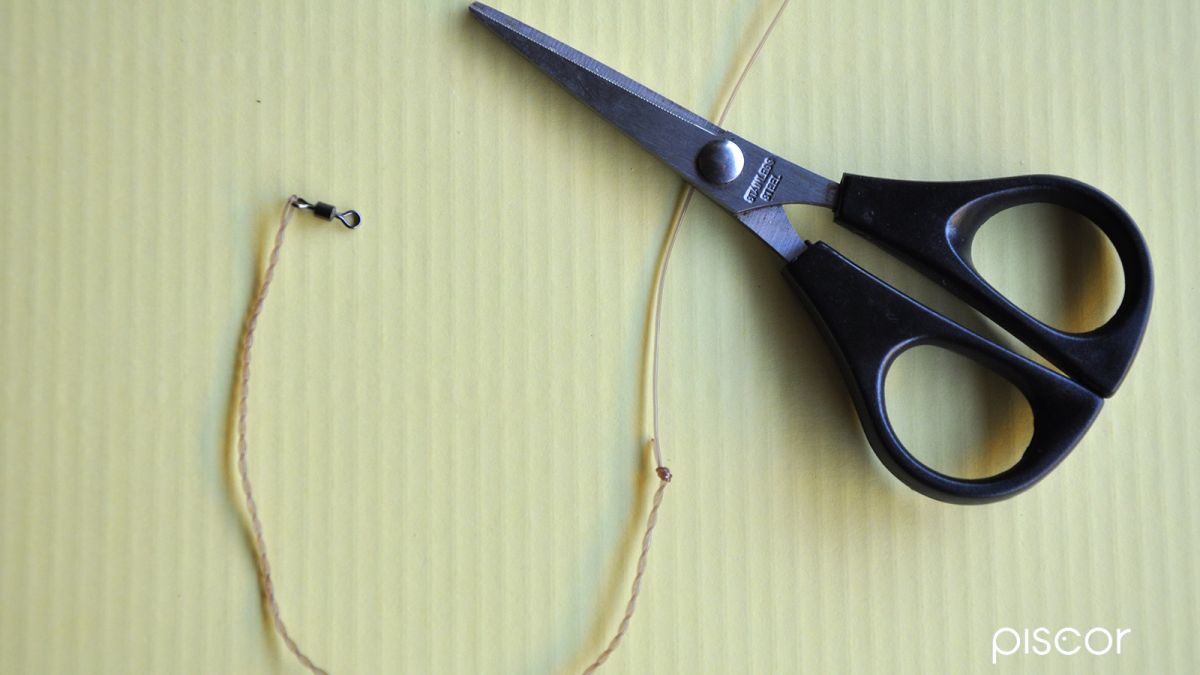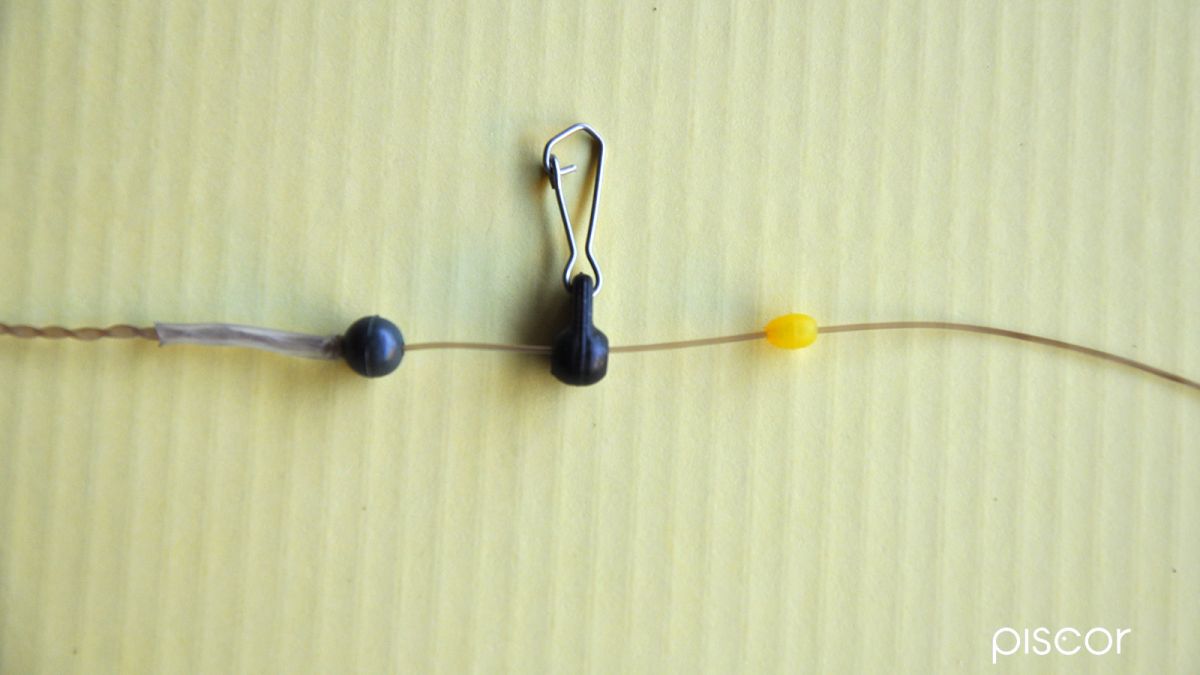Let's now go to the analysis of the environment par excellence where we can practice feeder fishing in the river, at least for the waters we know and that are more congenial to us.
Obviously we always have the current, but this becomes very important and, to this, often there is another element of great difficulty or a significant depth, finding one of these or both forces you to make very precise choices.
For the passionate angler there is a really wide choice, but, in any case, the current factor assumes crucial importance to plan a tactic that can nourish some chance of success. Indicatively, in this type of environment, we are talking about ballasts ranging from 40 to 90 grams, if we think that often feeders so heavy must work at depths of a few meters we have to consider that the increasing difficulties only increase the charm of this type of fishing facing such impressive spots.
Here all the delicate balances described in the previous chapter are amplified with all the consequences of the case.
The difficulties increase because it becomes difficult to understand how to load the feeder, how long to hold the terminal and, above all, how to maintain the accuracy necessary to avoid feeding on lines too far apart. In these situations the need to condition, with feeder, wider environments arises and this involves a necessary change of strategy in the use of the feeder not so much in weight as in type.
If in still water, casting with precision, we are sure that the feeder, if not consumed, remains in the fishing area, the same cannot be said with the increase of the current.
To complete the equation there is another difficult passage, in other words how to obtain a mechanics in the feeders that allows it to reach the bottom intact and start working immediately afterwards.
In essence, it is absolutely necessary to avoid two circumstances which would be tragic for the outcome of the fishing trip: the dispersion of the pasture in the water column during the descent of the feeder, a symptom of poor wetting or, on the contrary, a feeder that does not empty once on the bottom, a symptom of excessive wetting.
In the first case the real risk is that of dispersing the fish downstream or, of raising it from the bottom; in the second case, using a feeder that does not empty is like fishing with an empty feeder.
An indicative proof of the good mechanics, besides the reasoned choice of ingredients that we deal with in this article dedicated to the mixes and their peculiarities, is to load the feeder and retrieve it at very short intervals, from one minute up to 10 minutes with all the intermediate periods.
What remains or does not remain inside the feeder can provide us with useful indications on the mechanics of the mix.
The Feeder Rig must perform different tasks to cope with similar depths and currents.
A lot of attention is paid to the choice of the rod and above all to the sensitivity of the tips. It should be remembered that the tips normally supplied with the rods do not affect the casting weigth, but only the sensitivity of the tool.
The choice should consider the type of fish (a winter chub does not eat like a spring barbel), the strength of the current and the weight of the ballast.
The perfect balance, even if the rod is adjusted to the right angle with the water , is achieved when the feeder remains correctly on the bottom, even with the help of a generous quantity of wire, and the tip remains slightly bent ready to highlight the bite. If the tip shows an annoying effect because it is too "soft" compared to current and ballast or on the contrary, if it remains too rigid moving the feeder, we are certainly on the wrong track to correctly visualize the food and to keep a precise line of fishing and therefore feeder.
Precision is a fundamental part of the approach. Stability and adaptability are the two keywords, not to mention the need for good damping action and excellent anti-tangle capability.
We are helped by a material designed for other purposes and techniques that, over time, has become common in feeder fishing: the power gum. In the photographic sequence, the construction steps of the"advanced line" and information on characteristics and fishing behaviour.
Power gum running rig
Material required:
120 cm of power gum, two silicone tubes, two swivels of different sizes, bead with snap hook, normal bead, rubber stopper, cyanoacrylate-glue.
Execution: set 30 cm of power gum by inserting the smallest swivel. Cut a silicone tube in two and protect the knot that closes the set and the swivel, insert the bead and stop it with a drop of glue.
Put the bead with the snap hook and the rubber stopper on it.
Insert the second silicone tube, tie the larger swivel with a grinner knot or an improved clinch and protect with the silicone rubber, stopping the whole rig with a drop of glue.
Features: the power gum is chosen according to the mother line and the weight of the ballast , indicatively the range is from 6 lb of the lighter approaches to 10 lb of the frames for more difficult spots or when you fish on rough bottoms and need to protect the mother line from any rubbing.
The stop bead is adjustable and it allows you to choose whether to fish completely, partially or not at all sliding also to increase or decrease the effect of the self hooking action.
This rig is anti-tangle and shock absorber if proportionate to the diameters of nylon used.
In addition, for perfect balance and optimal operation, the unpolished part must be at least twice as long as the polished part and the feeder, when the frame is spread out, must be at least 15 cm from the lowest swivel.

